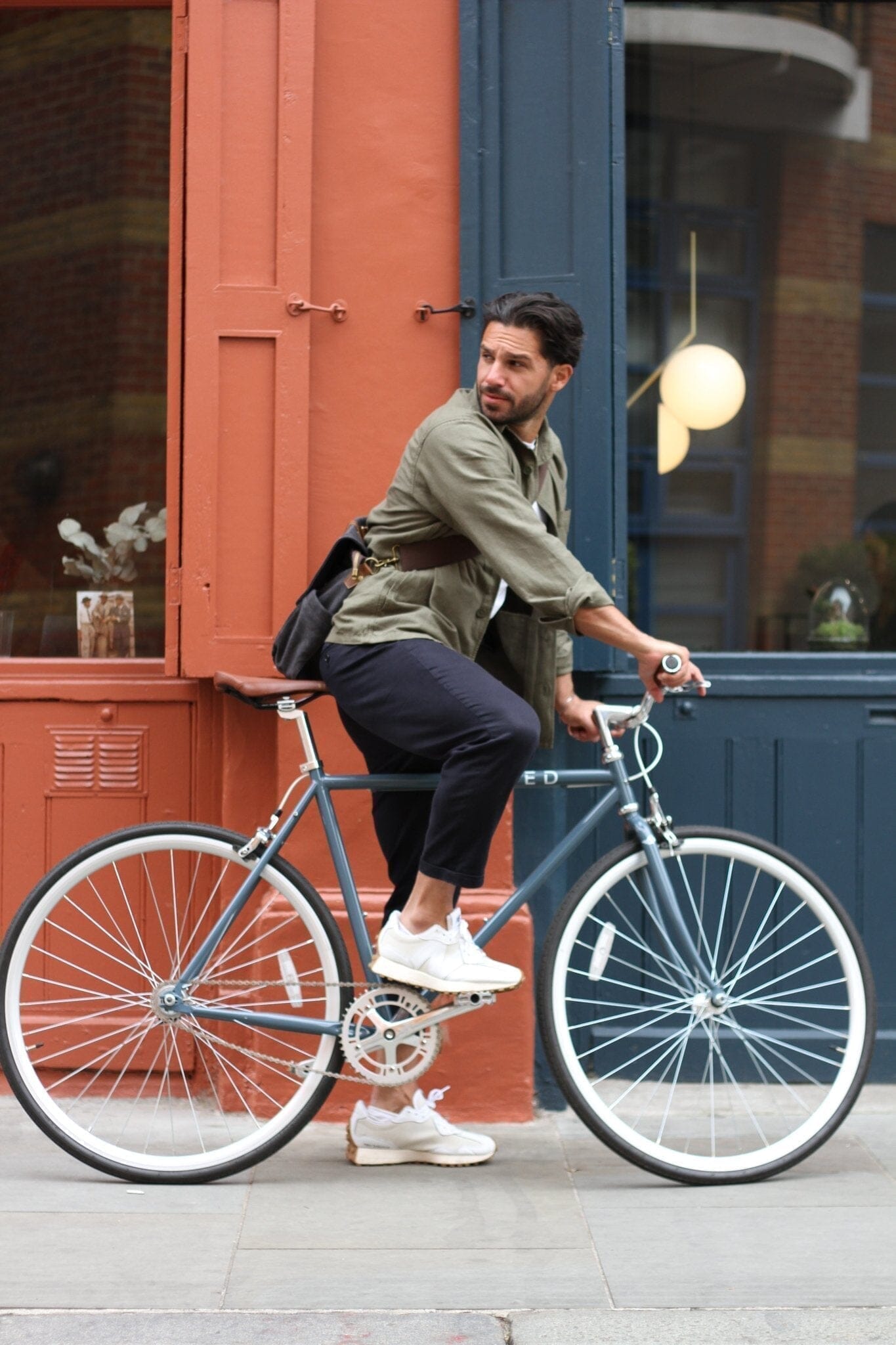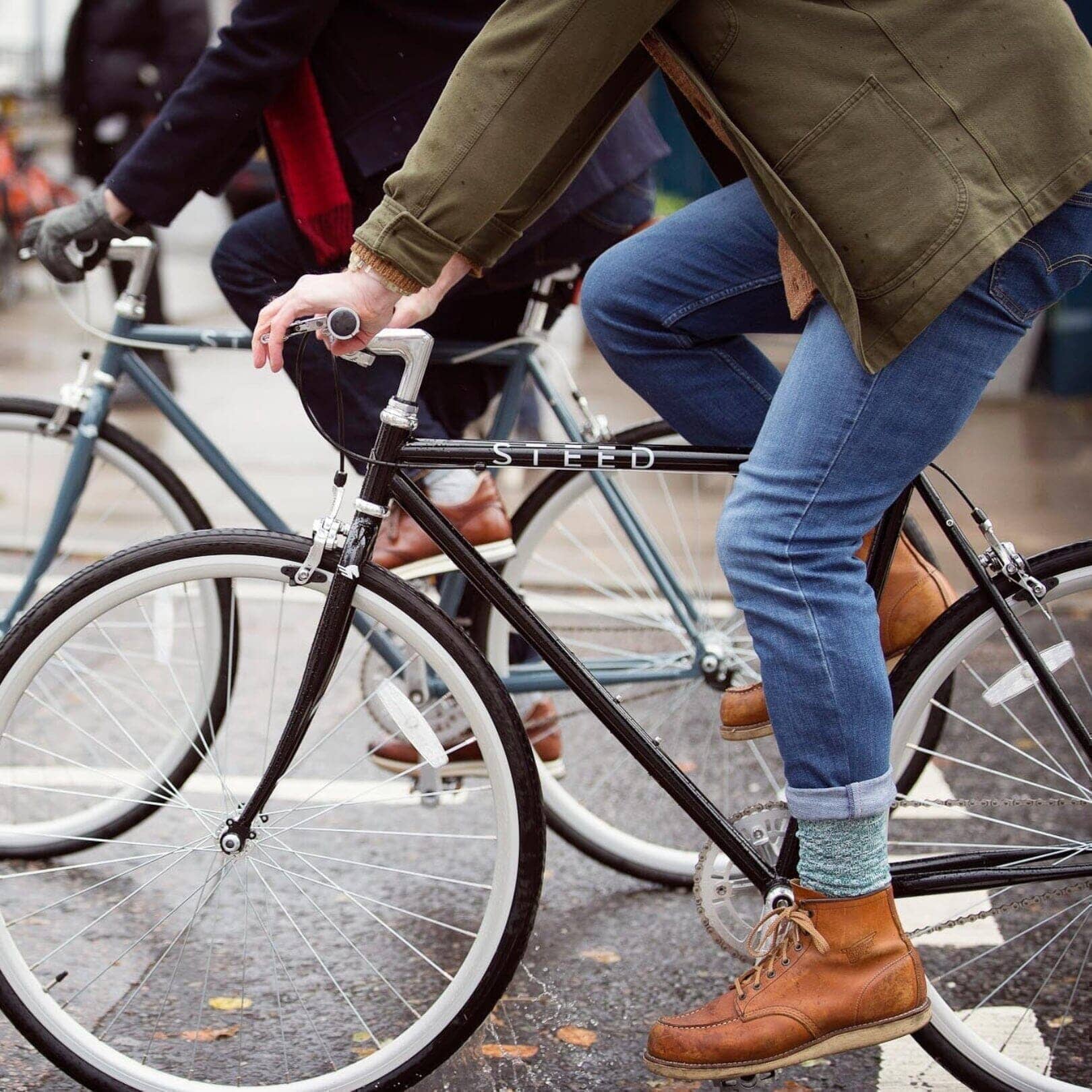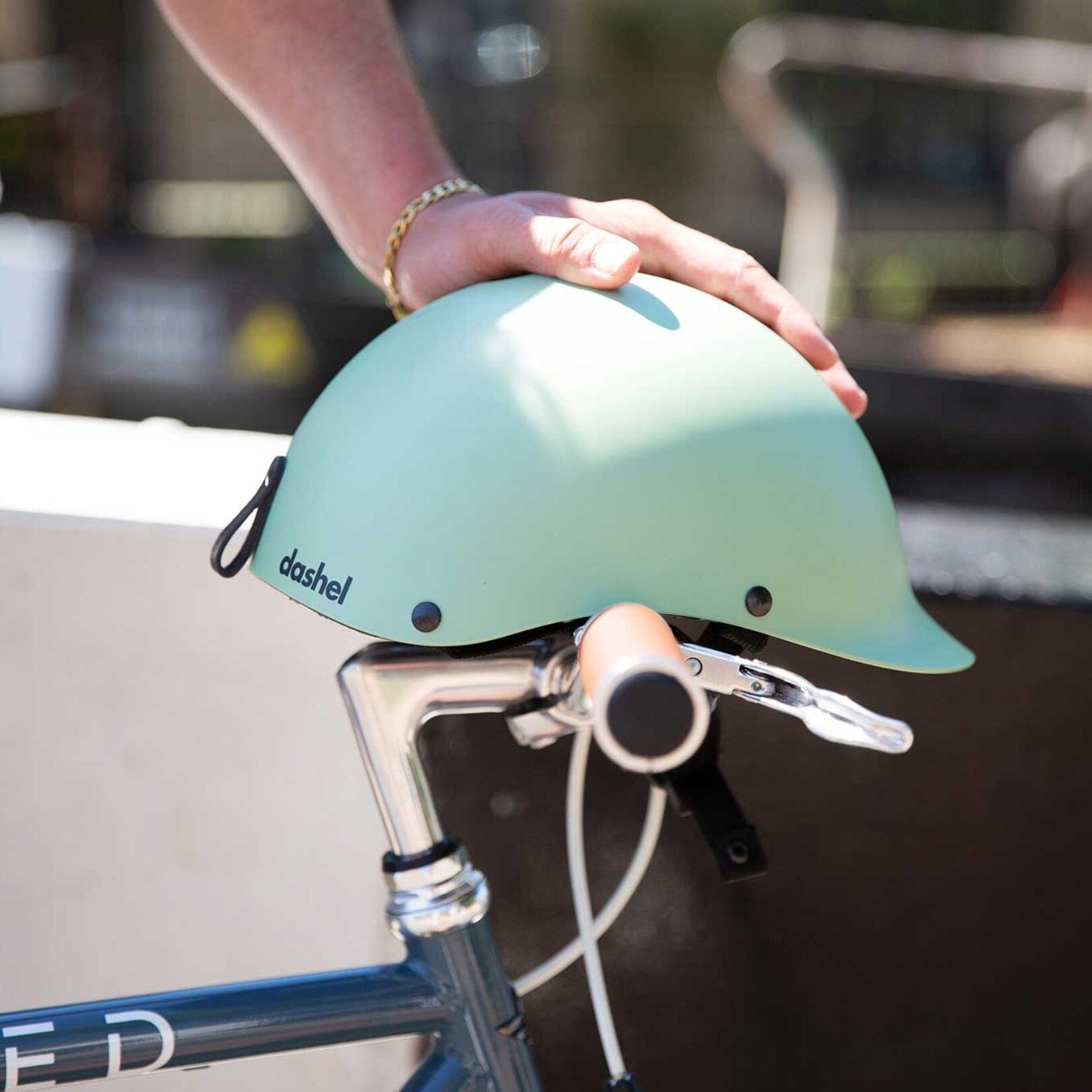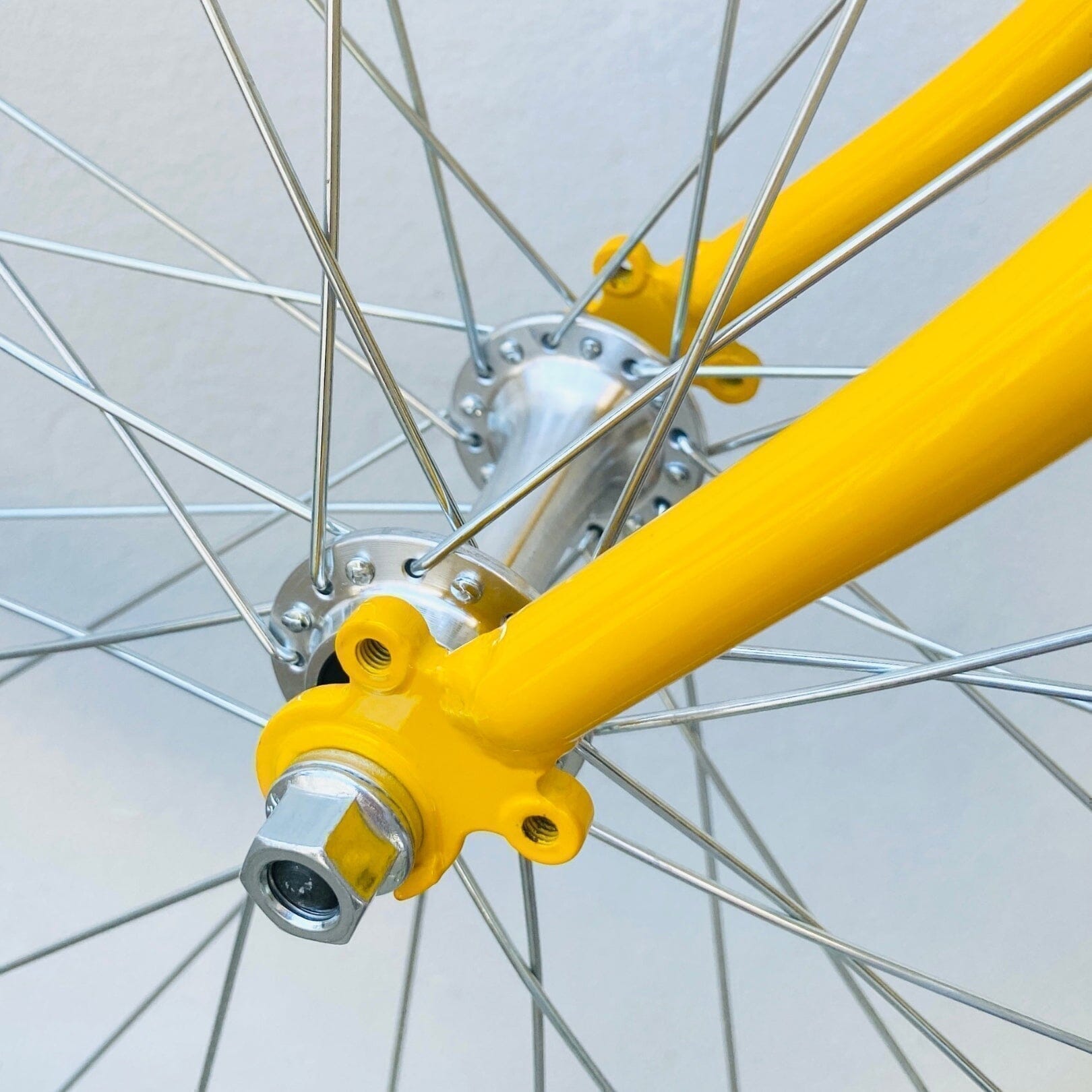Essential maintenance tips for your bicycle

Cycling has increased in popularity in the last few years, meaning there are more cyclists on the road than ever before. Cyclists ride for fun, transportation, or simply as a way to stay fit.
Regardless of your motive, if you ride your bike, then you have to take care of it. Why?
There's no doubt that a well-maintained bike will enhance your riding experience. It will help you ride faster, smoother and with more confidence. It also means there’s a lot less chance of having an accident.
So, to help you get more out of your riding experience, we've compiled a list of eight essential tips for the maintenance of your bicycle. Let's get straight to it!

How to maintain your bike
If you're riding a bike, you're on the road to health — but you need to keep your ride in shape, too.
Learning how to maintain your bike can save you money in the long run and help you avoid problems down the road.
Here are eight essential tips to help you keep your bike running smoothly:
1. Always keep your bike clean.
This is pretty obvious, but with time and use, your bicycle will get dirty.
If you're a commuter, you might not need to clean your bike as often as a mountain biker, but always keep an eye out for dirt.
Use a damp cloth to wipe off any dirt, dust or grime from the frame and wheels. Clean the chain with an old toothbrush and soapy water. Avoid using abrasive cleaners as they may damage the paintwork on your bike and make cleaning more difficult. Learn more about how to clean your bike.
2. Protect your bike from the outdoors.
Bikes are designed to be used in all weathers, but they still need some protection from extreme temperatures and humidity fluctuations, both of which can cause rusting and corrosion.
It’s best to store your bicycle in an enclosed space like a shed or garage with plenty of ventilation so that moisture doesn’t build up inside the frame or components while they are not in use.
If you don’t have a garage or shed in which to store your bike, then consider investing in a decent cover for it. Not only will this help protect against dirt, but if you leave your bike outside overnight it will also protect against rain and snow.
3. Lubricate your bike.
It's very important to lubricate your bike on a regular basis. You might be tempted to go for a lubricant that is cheap and easy to find, but if you want your bicycle to last a long time, it's best to use a high-quality lubricant.
There are many brands of bicycle lubricants available in the market today, so you can choose one that works best for you.
Start by cleaning off any dirt with a soft cloth, then proceed to lubricate your bike's moving parts. Focus primarily on the chain, derailleur assemblies, brakes, and pedals.
4. Inspect your bike’s wheels and tires.
Inspecting your bike’s wheels is essential for ensuring safe riding conditions, especially if you live in an area with rough roads or potholes. It's important to keep an eye on both your front and rear tires when you maintain your bicycle because they are both prone to punctures or flat spots if you neglect them too long.
Inspecting them will also help you determine if there are any problems with them that need immediate attention so you can avoid having an accident while riding your bike. Specifically, check your tyres' tread and side walls for wear. If the tread pattern has worn out then it's time to change your tyres.
5. Make sure the bolts, screws and nuts are tightened properly.
These parts are important in holding together different components of the bike. If they are loose, they may come off while riding or cause some damage to other parts of the bike.
If you notice that one of these elements has come loose, tighten it immediately so as not to cause any inconvenience later on. If any of them seem broken, replace them immediately.

6. Check your bike’s brakes.
You can check your brakes by riding your bike at a slow speed and applying them gently on both sides of your bicycle until you feel them activate.
If you feel that one brake is more effective than another then it means that something is wrong with either their adjustment or their condition. Check the brake pads and if they are worn down then you’ll need to replace them straight away.
And if there is any other problem with the brakes, make sure to get it repaired before using your bike again.
7. Learn how to fix a flat tire.
One of the most common issues with bicycles is a flat tire, especially if you are riding on rough terrain or on roads that have lots of potholes.
If you learn how to repair your own flat tires, then you can save money and time by not having to rely on others to do it for you. It’s also a great way of being independent and learning something new.
To do this, you'll want to carry the bike tool kit that every cyclist should have.
8. Get your bike serviced.
It's important that you get your bike regularly serviced by an expert. This will ensure that your bike runs smoothly and safely and that any potential problems are caught early on before they become serious issues.
Depending on how much you ride, you should get your bike serviced at least once per year.

How often should you maintain your bike?
The answer to this question is not straightforward, as it depends on a number of factors. How much do you use your bike? How old is it? Is it a new one or a second-hand one?
In general, a bike should be serviced regularly to ensure it is running smoothly and efficiently. The frequency of servicing will depend on the type of riding you do, how far you ride and the condition of your bike.
If you own a Steed Bike, we recommend you take it in for a service every 6 to 12 months. Again, this will depend on use. On that note, we've partnered with Fettle to offer Steed Bike customers exclusive rates on bike assembly and servicing.
Steed Bikes customers receive up to 20% off of Fettle's service packages and a 6-month guarantee on all work.
Frequently asked questions (FAQs)
We are here to help you make the most of your ride. If you can’t find the answer you need in our FAQs, please contact us via phone or email.
How to store a bike in an apartment?
There are a few things to consider when storing your bike in an apartment. First, you need to make sure that there is enough room for your bike to fit.
You should also find a spot that has good ventilation. A great tip for small spaces is to hang the bike on the wall using specially designed bike hooks. Bike can be hung vertically or horizontally. A great local brand we love is cycloc who make all sorts of wall hangers in a range of fun colours. This frees up space at ground level and can look pretty good too. However, a more rental-friendly option would be to use a bike stand. Both solutions are convenient and easy to set up.
Alternatively, you can check if your apartment has a bike storage room or your street has secure bike parking pods. Either of these options will require a lock to keep it safe.

What do you put on your bike to keep it from rusting?
You should follow the tips above to keep your bike from rusting. Additionally, you can use a spray-on rust inhibitor which will act as an extra layer of protection.
If you live where there's snow or rain during most of the year, we'd suggest getting a cover that fits your bike well and keeping it covered at all times when not in use.
Final thoughts
It feels good to be able to maintain your bike yourself! Bikes are often a big purchase and they carry precious cargo so be sure to give them the care that they deserve.
No matter if you ride daily or once a year, it's always a good idea to take a few minutes to check the basics every time you ride. This way your bike will stay in tip top condition for years to come.
0 comments







